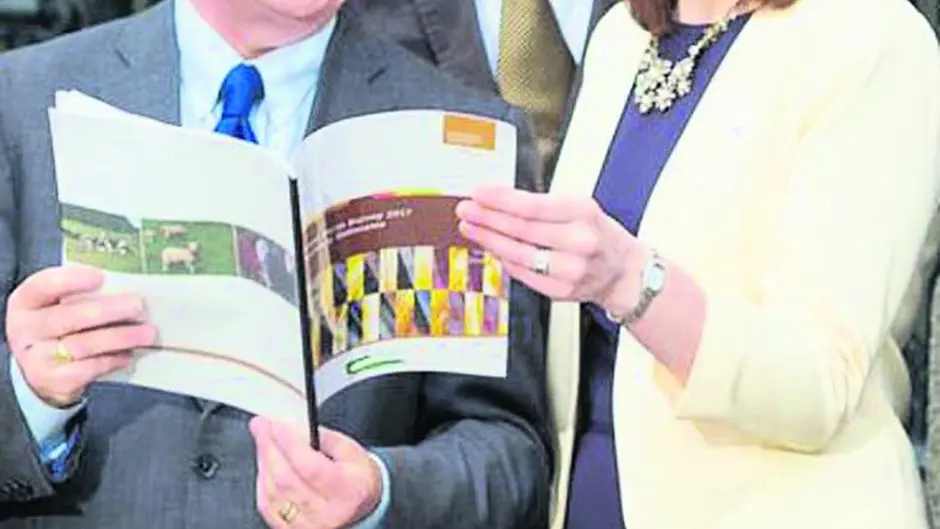Sharp recovery in milk prices
Sharp recovery in milk prices
A DRAMATIC increase in income on dairy farms is the main feature of the preliminary results from the Teagasc National Farm Survey (Teagasc NFS) for 2017. This comprehensive survey examined the performance of various farm types and the associated levels of farm income. The preliminary results for 2017 are aligned with estimates produced last December.
Taking account of the number of farms in each farm type, an average income is calculated for all farms covered by the Teagasc NFS. This indicates that average farm income rose to over €31,300 in 2017, an increase of over €7,500 on the 2016 average farm income.
However, this observed rise in average farm income is almost completely driven by the very large increase in income observed on dairy farms, and it remains the case that more than two-thirds of the farms represented by the survey saw little change in their income in 2017 in comparison with 2016.
The 2017 NFS showed a dramatic increase in income on dairy farms. This was driven by a very substantial jump in the farm price of milk and continuing growth in the volume of milk produced. In particular, the sharp recovery in milk prices in 2017, led to much higher profitability in dairy farming than was the case in 2016. The average income on dairy farms is estimated to have increased from just over €52,000 in 2016, to over €86,000 in 2017. Over 70% of dairy farms achieved an income in excess of €50,000 in 2017. While 2017 was a relatively benign year for expenditure on purchased inputs on dairy farms, the results of the Teagasc NFS for 2017 show evidence of increased farm investment and a higher level of expenditure on hired labour compared with 2016.
Results for the two cattle systems presented in the Teagasc NFS report (Cattle Rearing and Cattle Other) indicate very little change in income in 2017 relative to 2016, with average income per farm in 2017 for these two systems of about €12,500 and €16,500, respectively.
In the case of sheep farms in 2017 average income increased by about €1,000 to €17,000, largely due to the increase in support provided to the sector via the Sheep Welfare Scheme.
The average income on tillage farms also increased from the €31,000 in 2016 to €37,200 in 2017, with the increase mainly associated with higher yields and lower production costs. Given that tillage farms are typically larger in size than other farm types, the average income on tillage farms in 2017 remained low.
In the Teagasc NFS results for 2017 some of the cost pressures associated with the early onset of winter conditions last year are also evident, with expenditures on feed elevated relative to what would be considered as normal.
While the issue of a fodder shortage has been prominent in farm media commentary since last winter, it should be noted that most of its financial impact on farms will be felt on incomes for 2018 rather than for 2017. These will be recorded in the 2018 Teagasc NFS.
• The 2017 Teagasc NFS report can be viewed at www.teagasc.ie








